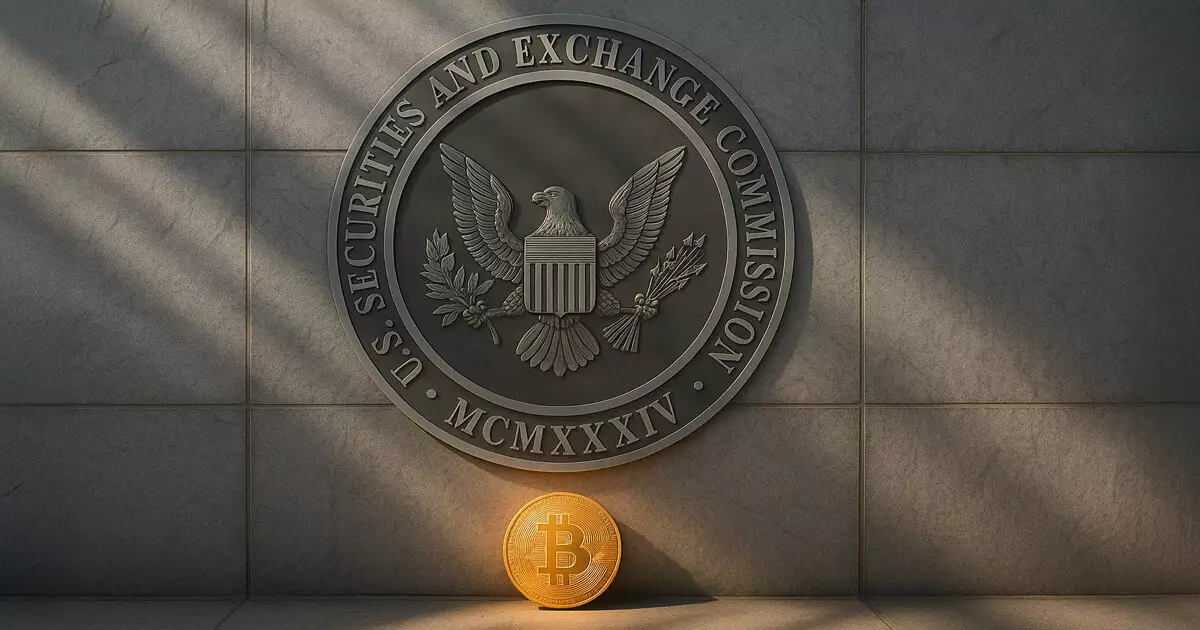The recent announcement that the US Securities and Exchange Commission (SEC) is reviewing a staggering 72 crypto-related exchange-traded fund (ETF) filings is undoubtedly a significant moment in the evolution of financial markets. The sheer number of proposals—from established cryptocurrencies like Litecoin to memecoins such as Dogecoin—points to a burgeoning interest in diversifying investment strategies within the digital asset space. However, while this diversity may seem promising, it raises the question: Are investors genuinely better served by a wider array of funds, or are they simply being lured into speculative traps by the allure of quick returns?
What’s troubling is that many of the proposed ETFs delve into speculative realms. For instance, the plans for leveraged and inverse products serve to amplify risks rather than opportunities for the average investor. Such products might appeal to seasoned traders seeking to capitalize on rapid price movements, but they are often unsuitable for the retail investor who lacks the expertise to navigate this volatile terrain. Instead of democratizing access to crypto assets, these offerings could lead less experienced investors into damaging financial pitfalls.
Maintaining Bitcoin’s Fortress in the Market
Despite the excitement surrounding various altcoins and unique themes like Internet culture-driven funds, Bitcoin remains the undisputed leader in this arena. According to industry analyst Eric Balchunas, Bitcoin ETFs dominate around 90% of global crypto fund assets. It’s clear that Bitcoin’s established reputation and institutional backing solidify its formidable position. Even amidst this wave of new ETF proposals, it’s projected that Bitcoin will maintain a market share hovering between 80% and 85% over time.
This scenario creates a paradox. On one hand, the influx of various new ETFs could present a more dynamic market; on the other, it risks overshadowing the foundational importance of Bitcoin. Are we witnessing genuine progress towards a diversified financial ecosystem, or merely a smokescreen that distracts from Bitcoin’s fundamental role? If Bitcoin remains the focal point, will these new funds do anything more than prop up the bubble surrounding altcoin speculation?
The SEC’s Role in Shaping the Future
What adds an additional layer of complexity to this landscape is the SEC’s role as a gatekeeper. With approval processes extending into mid-2025, market players are left in a state of uncertainty. The SEC’s slow-moving apparatus could, paradoxically, create an environment ripe for innovation or stifle it altogether. Critics may argue that stringent regulations are necessary to protect investors from the risks associated with new, untested products. Yet, too much scrutiny could hinder the very advancements that could help traditional finance adapt to a rapidly evolving digital landscape.
As we look towards a future where traditional financial systems integrate more comprehensively with crypto markets, it becomes crucial for regulatory bodies like the SEC to strike a balance between protection and innovation. Investors should not merely chase the latest meme-driven excitement; they should focus on establishing a sustainable portfolio, grounded primarily in the reliability of assets like Bitcoin, while cautiously exploring the speculative opportunities presented by newer offerings.
In a market that increasingly resembles a Wild West of investment possibilities, a discerning approach has never been more vital.

